Lights, camera—misconception! Movies have a way of mixing fact and fiction which then goes on to shape how we think about history. While they’re fun to watch, they often leave us believing myths that aren’t actually true. In this article, we’ll break down some of the biggest historical myths Hollywood has created and uncover what really happened. Let’s separate fact from fiction!
Vikings Wore Horned Helmets
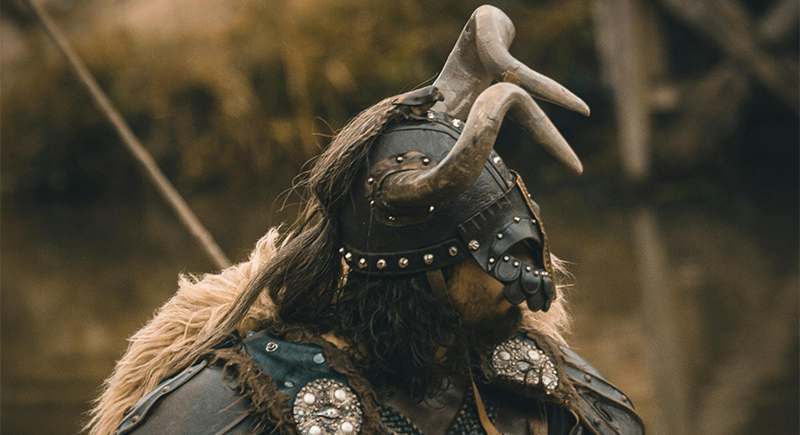
Hollywood loves dramatic costumes, but Vikings never wore horned helmets into battle. Historical evidence shows that Vikings designed their helmets simply for protection. The idea of horns came from 19th-century operas and artistic depictions, not actual Viking history. Adding horns would have been impractical in combat.
Napoleon Bonaparte Was Extremely Short
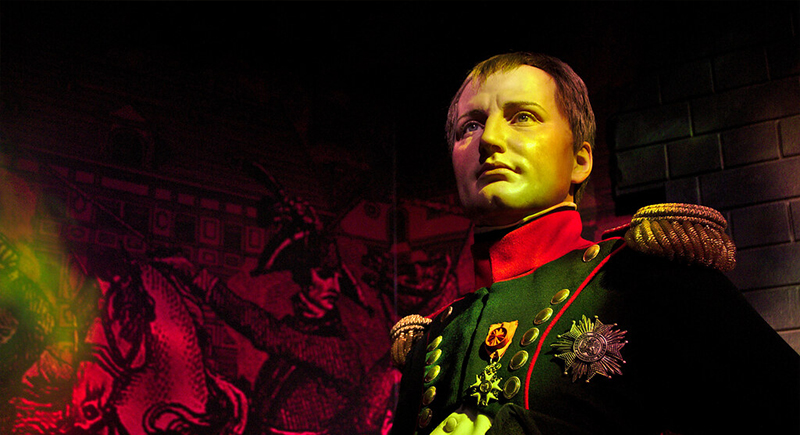
Cartoons and movies have emphasized the idea that Napoleon Bonaparte was ridiculously short, but that’s far from the truth. He stood around 5 feet 6 inches, which was average for his time. The confusion likely came from a mix-up between French and British measurement systems, along with British propaganda that wanted to make the powerful leader seem weak and unimpressive.
Medieval Europeans Believed the Earth Was Flat

This myth refuses to die; educated people in the Middle Ages knew the Earth was round. Ancient Greek scholars had already proven it, and medieval academics continued teaching that knowledge. The idea that medieval people believed in a flat Earth became popular in the 19th century when writers exaggerated history to make the past seem more ignorant.
Gladiators Always Fought to the Death

Movies love the idea of two warriors locked in a brutal, bloody battle until only one survives. Even so, that’s not how Roman gladiator fights worked. These trained fighters were valuable assets, and many battles ended with both contestants surviving. Spectators loved the entertainment, but organizers weren’t about to waste expensive warriors by constantly forcing deadly matches.
The Wild West Was Lawless and Filled with Constant Gunfights
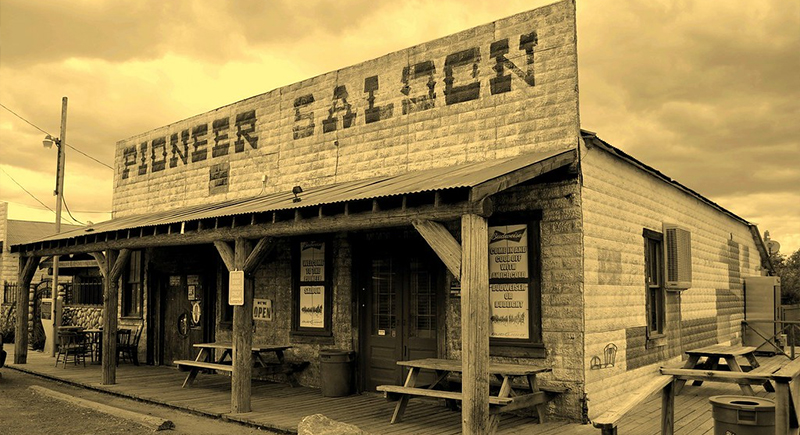
The Wild West was not all dusty towns filled with outlaws shooting each other over petty disputes. Most frontier settlements had functioning legal systems, and gunfights were rare. Cowboys and criminals didn’t settle every argument with a duel in the streets. Hollywood exaggerated the chaos to make the Old West feel exciting and dangerous.
Marie Antoinette Said, “Let Them Eat Cake.”
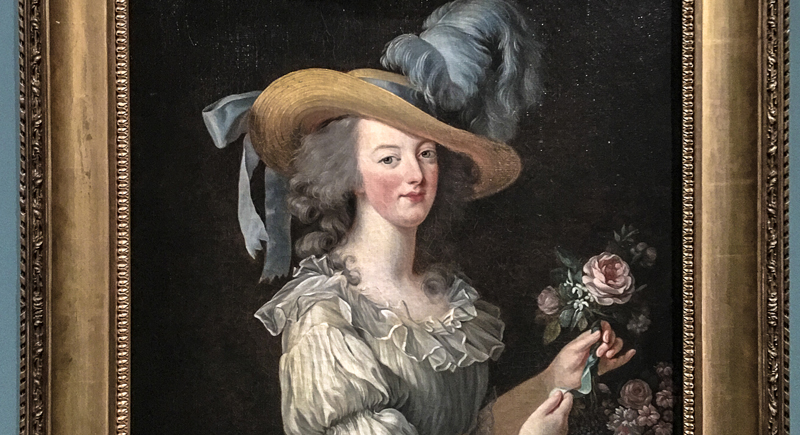
Writers and historians have falsely linked this infamous quote to Marie Antoinette for centuries, even though there are no historical records to prove she said it. Political writers included the phrase in their works long before her reign. People popularized it to depict her as indifferent to the suffering of the French people. The real queen was more complex than the legend suggests.
Einstein Failed Math as a Student
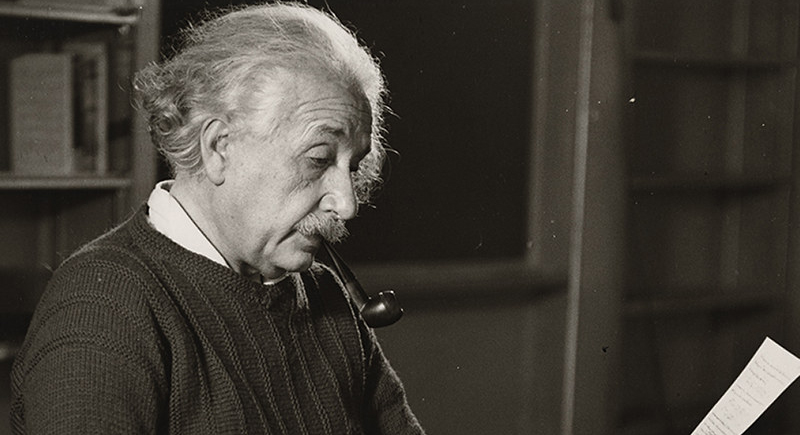
People turned one of the greatest scientific minds in history into the subject of a false failure story. Albert Einstein never struggled with math. He was a top-performing student and excelled in advanced mathematics well before most kids his age. People spread the idea that he failed at school because they love the story of a genius overcoming early academic struggles.
The Great Wall of China Is Visible from Space

The claim that astronauts can spot the Great Wall of China from space is a myth. The wall stretches for miles but remains narrow and fuses well with the surrounding landscape to be easily visible. Even from low Earth orbit, it’s tough to see without aid. Writers likely exaggerated the claim before space travel was even possible.
Chameleons Change Color to Match Their Surroundings

The belief that chameleons change color to blend into their environment is false. Their color changes have more to do with mood, temperature, and communication than camouflage. A chameleon shifting from green to yellow isn’t trying to hide—it’s likely regulating its body heat or reacting to another animal. The truth is more fascinating than the myth Hollywood created.
Columbus Discovered America
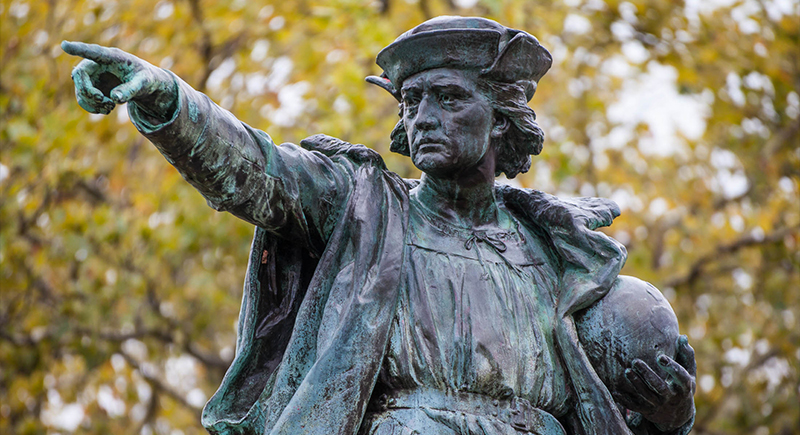
Many textbooks credit Christopher Columbus with discovering America, but he never even set foot on the mainland United States. Indigenous people had been living on the continent for thousands of years, and Norse explorers reached North America centuries before Columbus. His voyages opened the door for European colonization, but calling him the “discoverer” disregards a much longer history.
George Washington Had Wooden Teeth
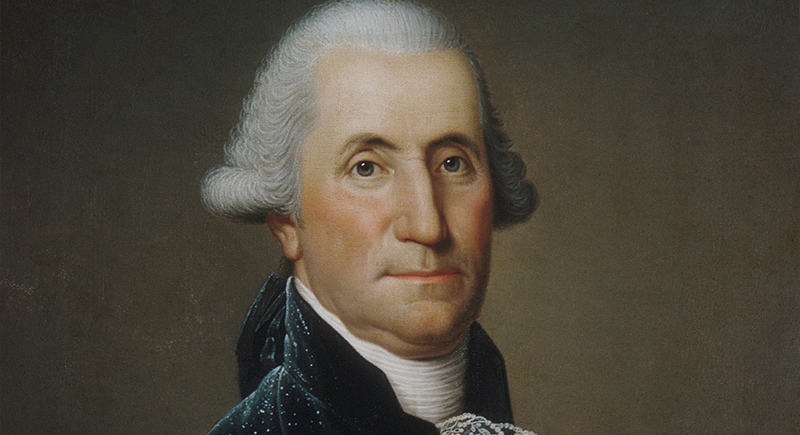
Historians have well-documented George Washington’s dental struggles, but he never had wooden teeth. Dentists crafted his dentures from human and animal teeth, ivory, and metal, never from wood. The myth likely began because his teeth became stained and appeared rough over time. Early dentists worked with whatever materials they could find but never used wood for dentures.
Salem Witches Were Burned at the Stake
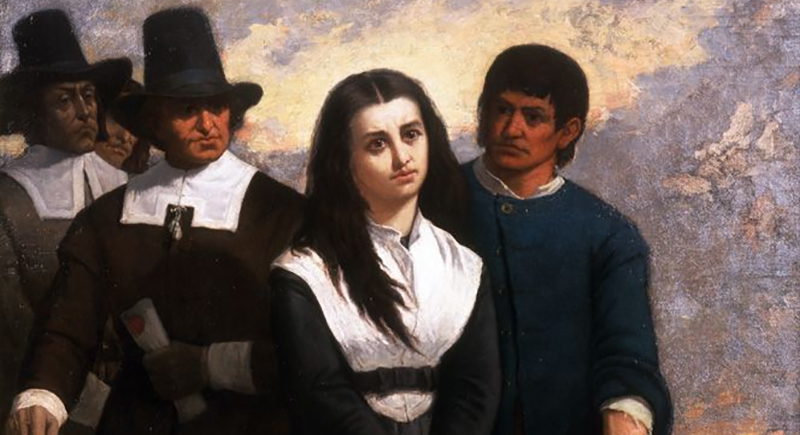
The infamous Salem witch trials resulted in hysteria, accusations, and executions, and yet no one was burned at the stake. Judges ordered most of the convicted to be hanged, while one man died under the weight of heavy stones. European courts commonly used burning as a punishment in witch trials, but colonial America followed different legal practices. Movies altered the details to make the story scarier.
Medieval Chastity Belts Were Widely Used
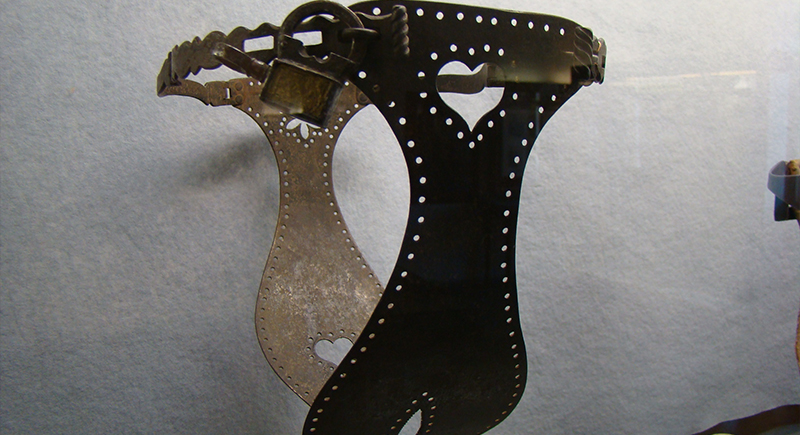
Chastity belts were never a common tool. Most so-called medieval chastity belts were symbolic or outright fakes that people created centuries later. The idea that knights locked up their wives before heading to war is fiction. Real medieval societies didn’t function like that, but the myth has stuck around thanks to exaggerated storytelling.
The Alamo Defenders Fought to the Last Man
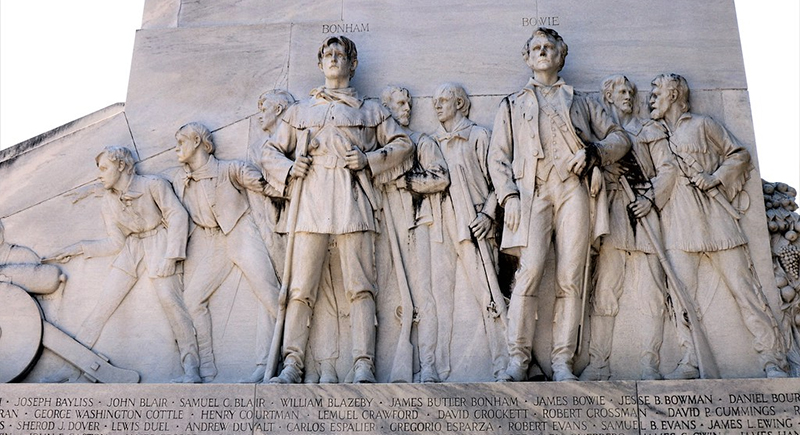
The idea of heroic Texans refusing to surrender until the bitter end doesn’t tell the whole story. Some defenders may have survived the battle only to be executed afterward. While the Alamo was a major event in Texas history, Hollywood reinforced how people remember the event by focusing on dramatic last stands instead of historical complexities.
Pirates Buried Their Treasure

Pirates didn’t have a habit of digging holes and hiding their loot for future generations to find. They spent their stolen goods quickly by trading and gambling rather than hoarding. The idea of buried treasure mostly comes from stories like “Treasure Island.”
Caesar’s Last Words Were ‘Et tu, Brute?’
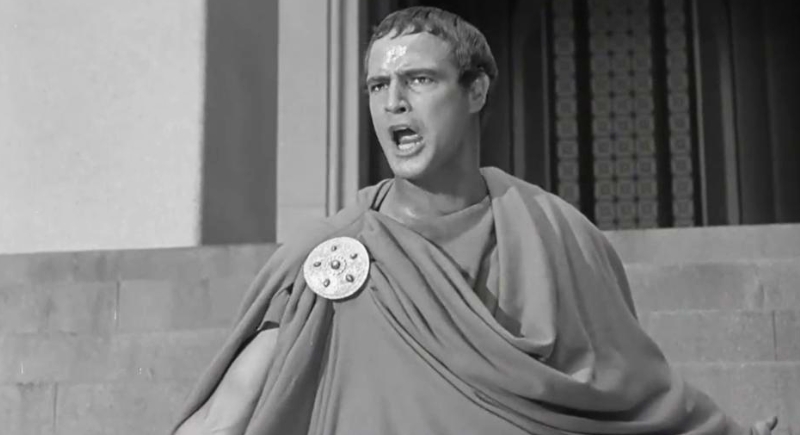
Movies and plays have immortalized the phrase “Et tu, Brute?” as Julius Caesar’s final words, but there’s no historical evidence of this. Shakespeare’s play popularized this dramatic line, but ancient texts like Suetonius and Plutarch don’t mention it. Instead, they suggest Caesar’s last words were either silent or a simple remark to his assassins, not aimed at Brutus specifically.
Lincoln Wrote the Gettysburg Address on a Napkin
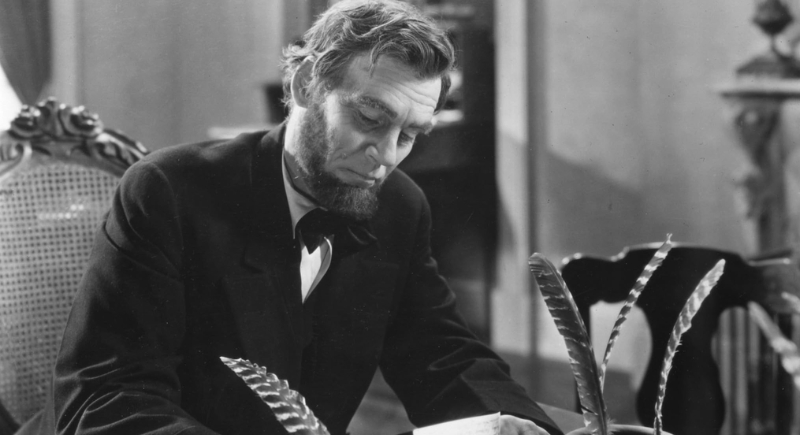
The idea that Abraham Lincoln scribbled the Gettysburg Address on a napkin before delivering it is purely fictional. In reality, Lincoln carefully prepared the speech ahead of time. He had notes and drafts, refining the address over several days before his famous delivery. Hollywood’s version of a spontaneous, off-the-cuff speech creates a more dramatic narrative, but it isn’t historically accurate.
Medieval People Rarely Bathed

Movies often make the Middle Ages look like a time when no one touched water, but that’s not true. Bathhouses were common in many medieval towns, and people valued cleanliness more than Hollywood gives them credit for. Regular bathing wasn’t unusual—it became harder during plagues when people feared water might spread disease.
Spartans Fought Without Armor

Movies love showing Spartans charging into battle with bare chests and red capes, but real Spartan warriors wore heavy armor. Helmets, breastplates, and shields were all part of their gear. Running into a fight practically naked would have been suicidal—and Spartans were famous for being strategic, not reckless.